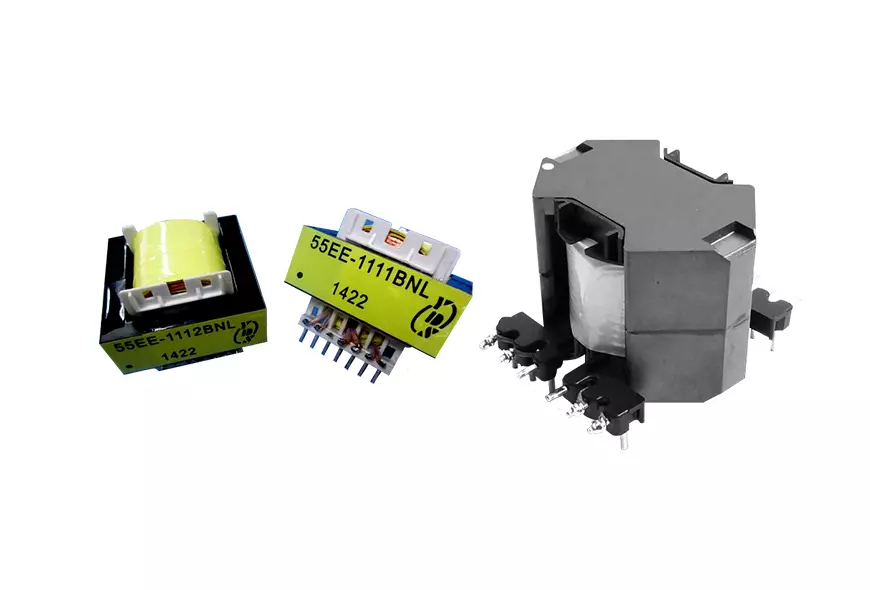
In the realm of electrical engineering, transformers have emerged as a game-changer, revolutionizing the way electricity is transmitted and distributed. With their ability to efficiently transfer electrical energy between different voltage levels, transformers have become an indispensable component in power systems worldwide. In this blog post, we will delve into the reasons why transformers are extensively used in the electrical industry, exploring their key functionalities and the impact they have on our daily lives.
- Voltage Transformation:
One of the primary reasons why transformers are utilized in the electrical industry is their unparalleled capability to transform voltage levels. By employing the principles of electromagnetic induction, transformers can step up or step down the voltage, enabling efficient transmission and distribution of electricity over long distances. This voltage transformation is crucial for minimizing power losses and ensuring a stable supply of electricity to end-users. - Power Transmission Efficiency:
Transformers play a vital role in enhancing the efficiency of power transmission. High-voltage transmission lines are employed to transmit electricity over long distances, as higher voltages result in lower current levels, reducing resistive losses. Transformers are used at both ends of these transmission lines to step up the voltage for efficient long-distance transmission and then step it down again for local distribution. This process significantly reduces energy losses, ensuring that electricity reaches consumers with minimal wastage. - Grid Stability and Power Quality:
Maintaining grid stability and ensuring high power quality are critical aspects of the electrical industry. Transformers contribute significantly to achieving these objectives. By regulating voltage levels and isolating different parts of the power system, transformers help stabilize the grid, preventing voltage fluctuations and power disruptions. Additionally, transformers filter out harmonics and other electrical disturbances, ensuring a clean and reliable power supply to various electrical devices and equipment. - Integration of Renewable Energy Sources:
As the world shifts towards a greener future, the integration of renewable energy sources into the electrical grid poses unique challenges. Transformers play a crucial role in this integration process. They facilitate the connection of renewable energy sources, such as solar and wind farms, to the grid by adapting the generated voltage levels to match the existing infrastructure. This seamless integration enables a smooth transition towards a sustainable energy mix, reducing reliance on fossil fuels and mitigating environmental impact.
Conclusion:
In conclusion, transformers have become an integral part of the electrical industry due to their ability to transform voltage levels, enhance power transmission efficiency, ensure grid stability, and facilitate the integration of renewable energy sources. Their widespread usage has revolutionized the way electricity is generated, transmitted, and distributed, enabling a reliable and sustainable power supply for our modern world. As technology continues to advance, transformers will continue to play a pivotal role in shaping the future of the electrical industry.



